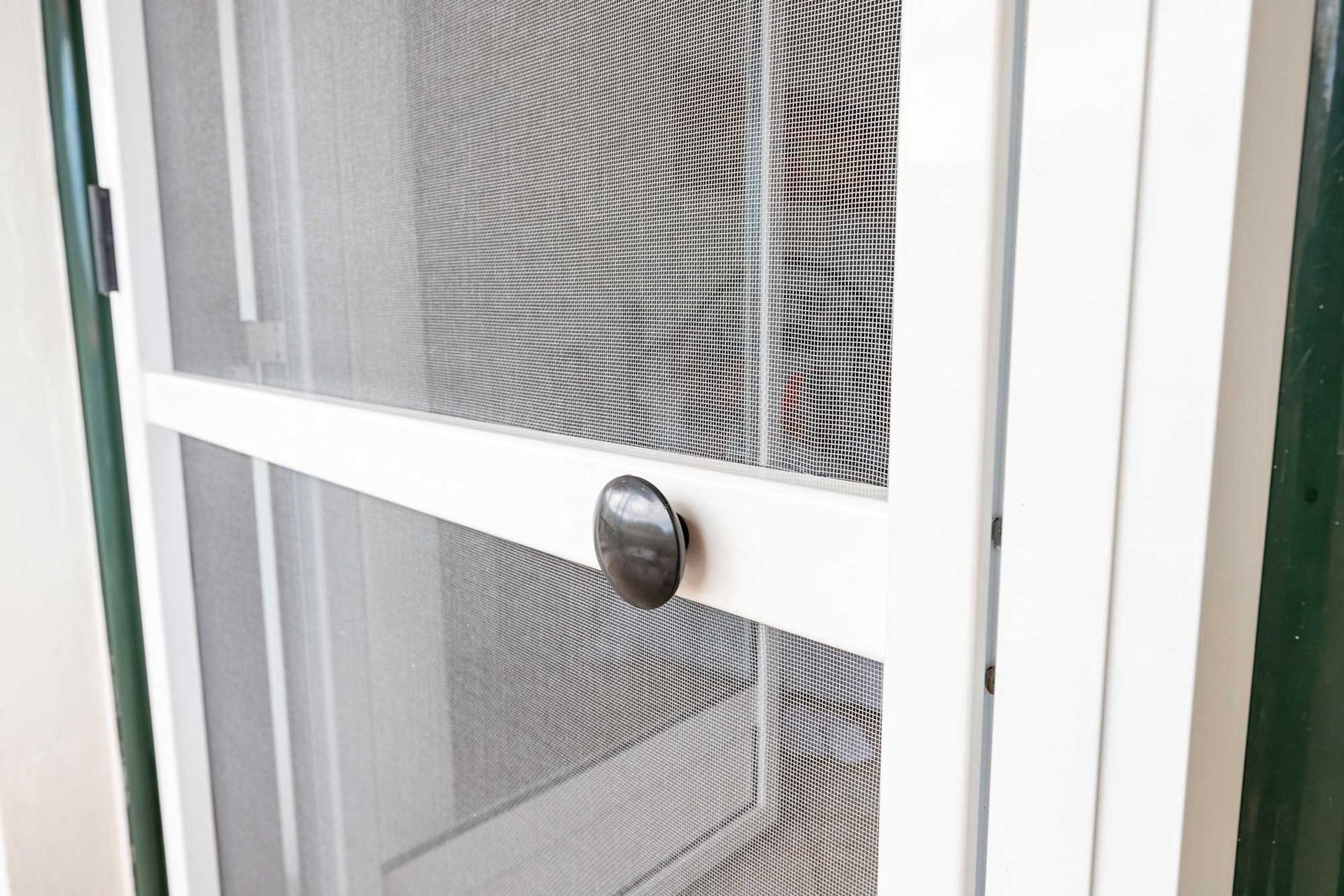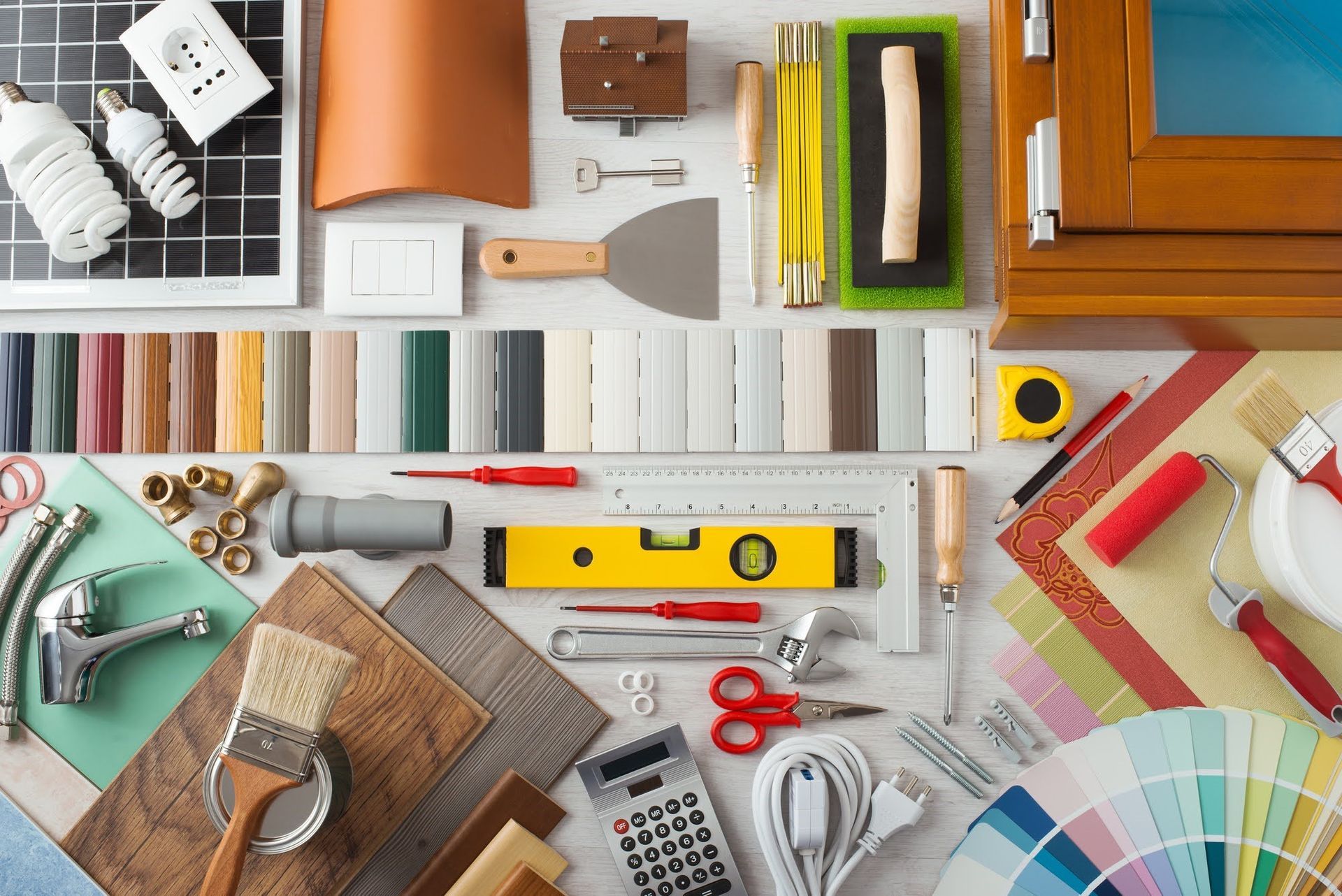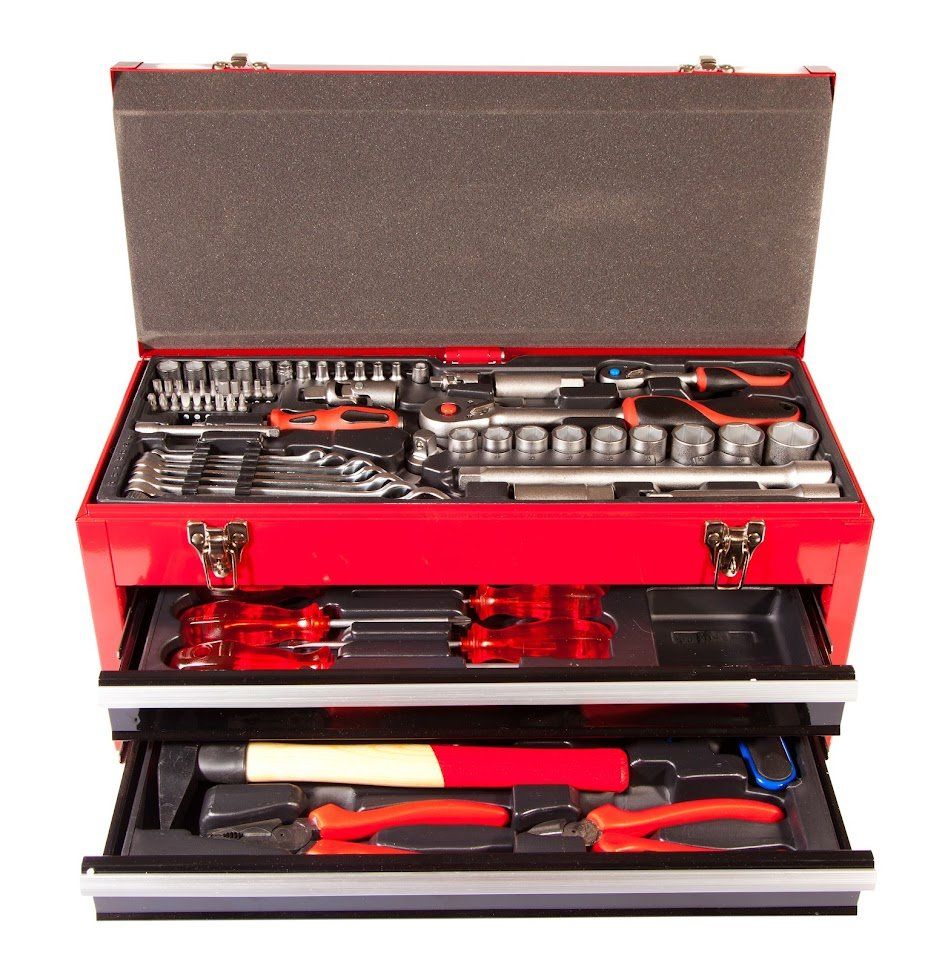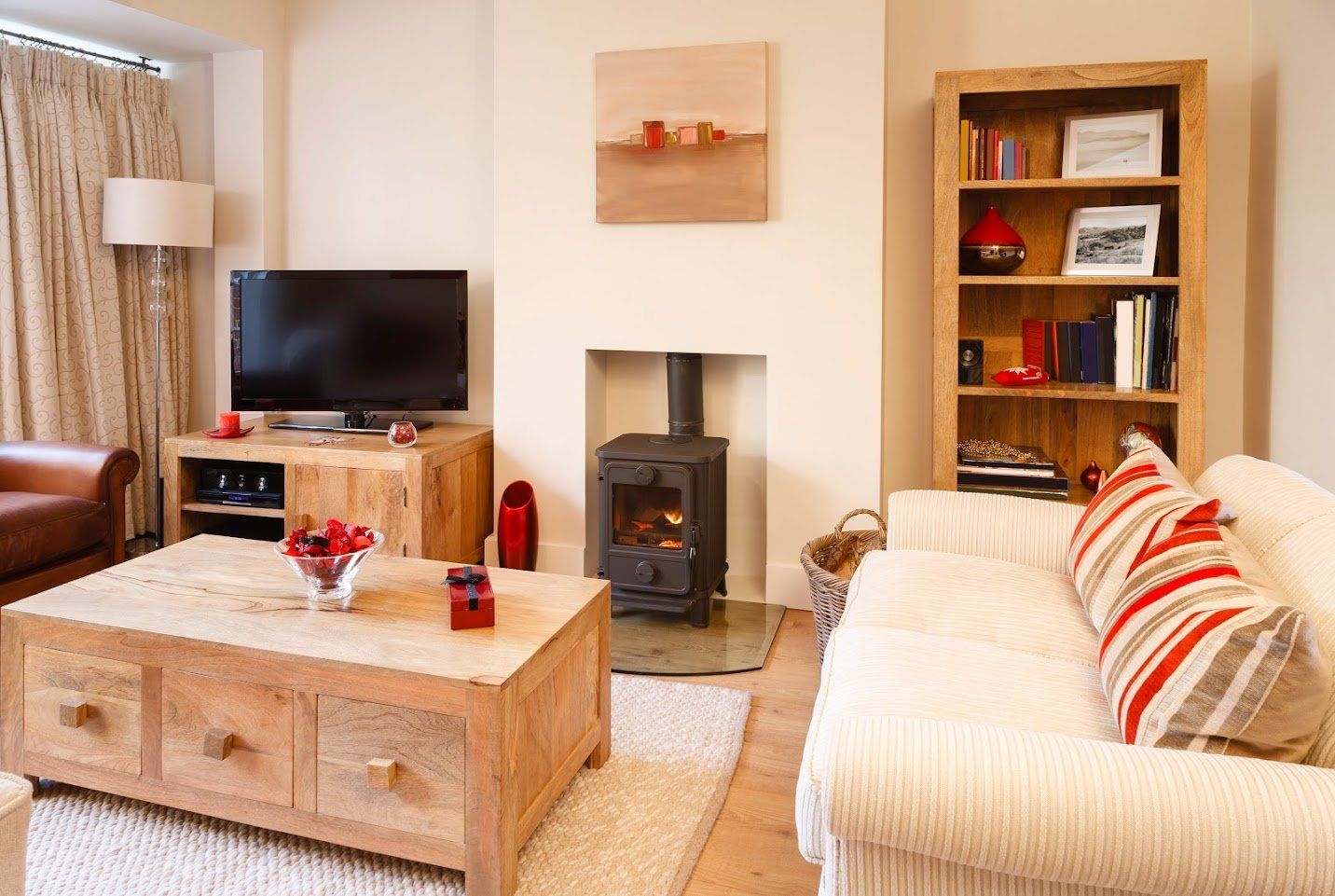What Tools Do You Need to Paint Your Interior Space?
- By Admin
- •
- 02 Dec, 2020
- •
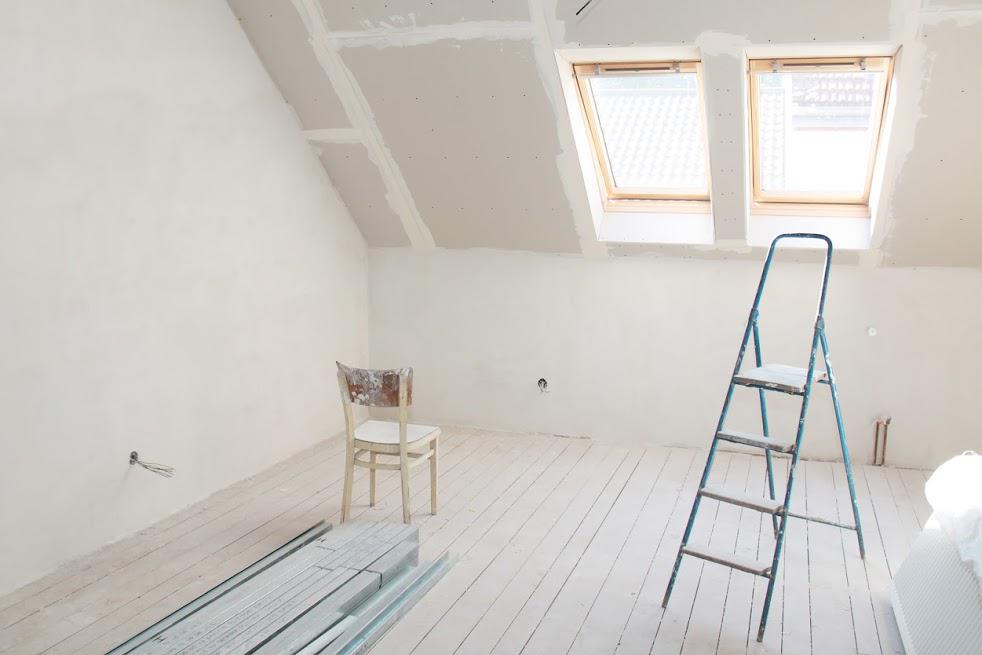
Do you have the right painting tools for your home improvement project? If you're not sure what to stock up on, take a look at the top products you'll need in this easy-to-follow equipment list for an interior painting project.
Interior Paint
How should you select the just-right paint for your interior project? There are hundreds of colors to choose from — each of which may include slight variations in shade or hue. Along with the color that best matches your room's décor palette, you also need to choose a sheen.
In combination with the color, the sheen or finish can give the paint a totally different look. The primary sheens/finishes to choose from include:
- Matte. A matte finish is flat and not reflective. This finish can hide imperfections and showcases the color.
- Eggshell. The next step towards a reflective sheen, an eggshell finish is slightly shiny but still somewhat matte.
- Semi-gloss. As the name implies, this finish is somewhat glossy. It has a much more reflective surface than a matte or eggshell finish.
- Gloss. This option is the most reflective sheen. It's durable, easy to clean, and perfect for accents or trim.
The specific color and finish combination you select depends on your design needs, the room itself, and imperfections you may need to hide.
Paintbrushes
What types of paintbrushes do you need? The answer to this question depends on the type of paint you choose to use. The most common interior paintbrushes are:
- Synthetic. These man-made brushes are either nylon or polyester. These work well with most water-based paints. Cheaper, lower quality synthetic brushes are stiff and can scratch the paint surface or leave marks.
- Natural. This type of brush is best for oil-based paint use. Most interior home paints are water-based. You may need this option for a smaller craft or outdoor project instead of your interior walls.
- Cut. Along with the type of bristles, you also need to choose the right cut or shape. Angled brushes are ideal for trim work or cutting in. A square-tipped brush works well for large flat surfaces.
If you're still not sure which paintbrush is right for your home improvement project, ask the expert. The professionals at your local hardware store can help you to select the perfect paint and paintbrush pairing.
Paint Rollers
Even though you'll need a brush for edging and trim work, you may also need a paint roller for the bulk of your interior walls. A roller allows you to coat larger spaces in less time and creates an even look — in comparison to some types of brushes.
To use a paint roller, you'll need:
- The roller. This soft, fuzzy tube will hold the paint. You can use some types of rollers repeatedly, provided you clean them completely.
- The roller frame. The frame is a metal skeleton attached to a handle. You'll need to put the roller over the frame before you begin your painting project.
- A tray. Place the paint in the tray before you roll it onto your room's walls.
- An extension pole. Some spaces are tricky to reach with a standard roller frame. This attachment extends higher to paint hard-to-reach areas.
- Painter's tape. Even though rollers can quickly and completely cover larger areas, they aren't precise. Painter's tape can mask areas that you want to keep clean, such as doorframes, baseboards, or windowsills.
Some painters prefer to use a bucket and screen instead of a tray. This reduces the number of tray refills and may waste less paint. Additionally, a large bucket is a steady container — unlike a flimsy tray.
Do you need paint supplies for your next home improvement project? Contact Koontz Hardware for more information.



